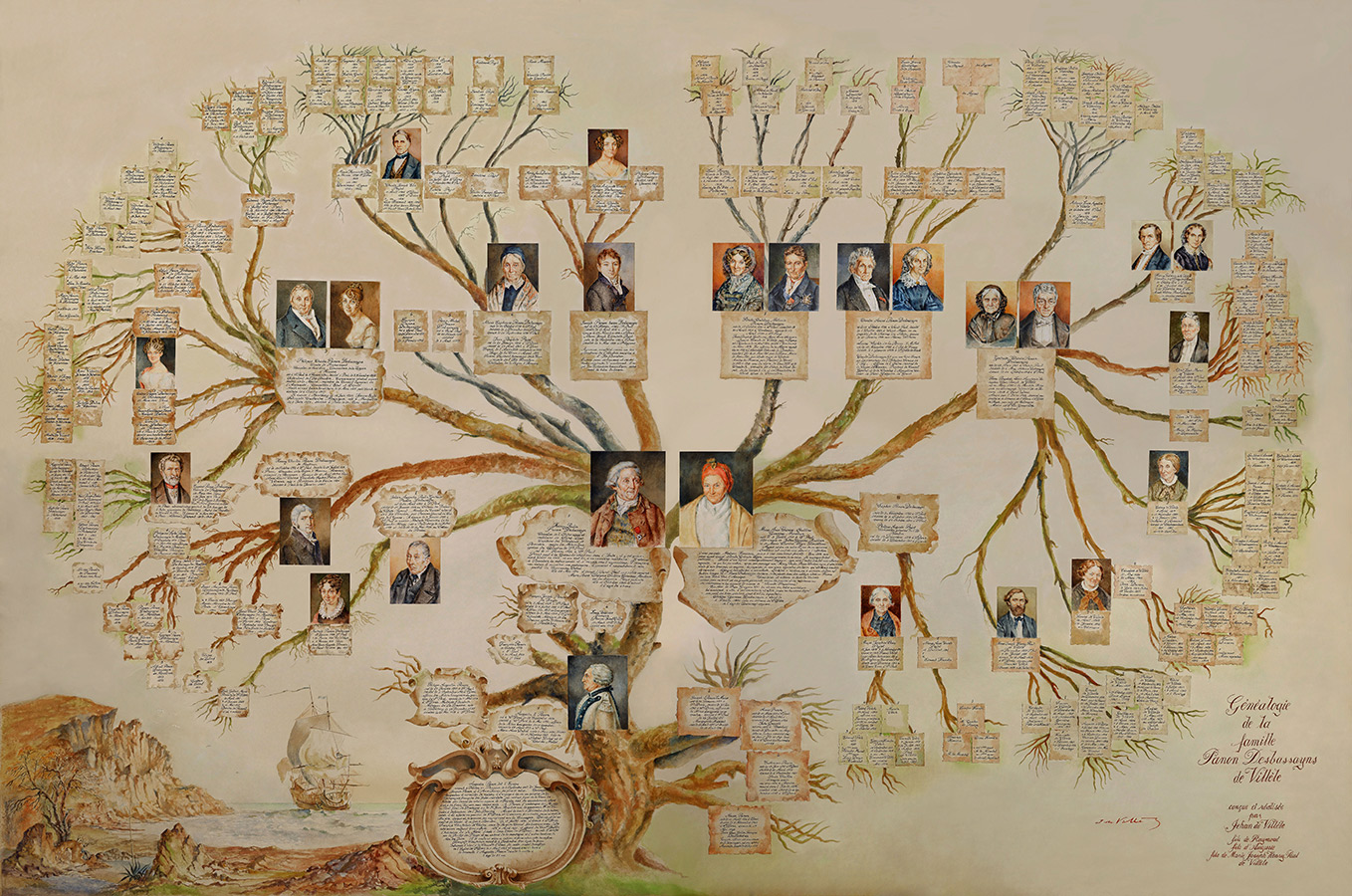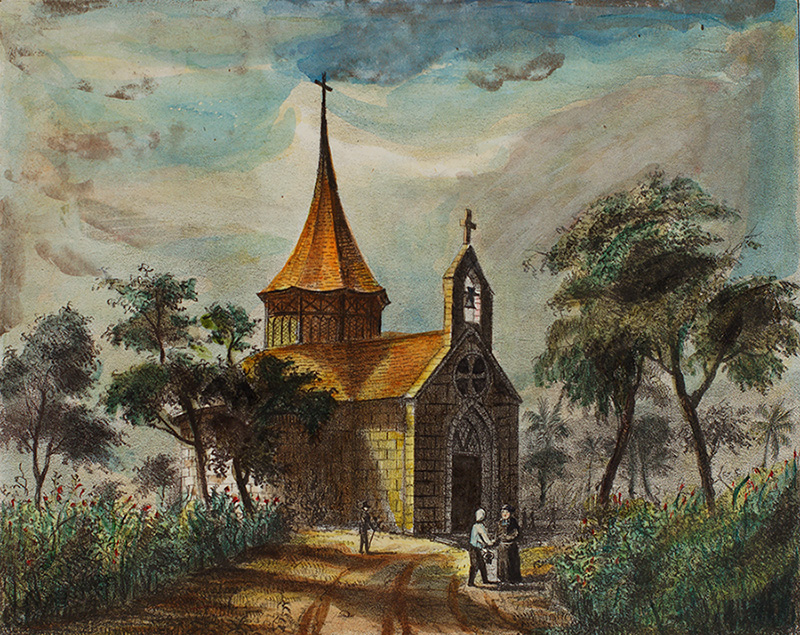In 1807, she took decisions favouring certain of her deserving slaves. They were not emancipated, but received land, houses and pensions as lifetime annuities. She even granted them slaves to serve them. Some of them could choose their new master.
In 1845, she distributed her estate, amounting to over Fr.1.6 million, among her descendants.

The servile workforce represented an important proportion of this estate. The large areas of land she possessed in Saint-Paul, Saint-Gilles, and Bernica were measured, carefully listed with their constructions, sugar processing establishments, steam pumps, hydraulic machines, draught animals etc.
In Saint-Gilles, the most opulent of her estates, was divided up into a large number of sections, measuring over 316 ha, similarly that of Bernica, with over 200 ha. The land was planted with sugar-cane, food crops or was used for pasture. In Saint-Paul, there were plots marked out for construction (with houses built on them), paddy fields, sugar-cane and food crops.
The slaves on her different estates totalled 406. Madame Desbassayns was the island’s biggest slave-owner. Most of the men and women servants worked on the land (‘pioche’: agricultural labourers). Some accomplished specific tasks as servants, cooks, nurses and midwives. The majority of them, who were Creole, had conventional (Christian) first names. She attached great importance to the chapel constructed on her estate in Saint-Gilles, with mass celebrated there frequently, with poor members of the population and slaves attending free of charge.

The second will does not contain any description of the interiors of her property (furniture, silverware etc.), only recorded in the inventory issued after her death on 23rd March 1846.
The 1845 will contains familiar place names, which have survived to this day.